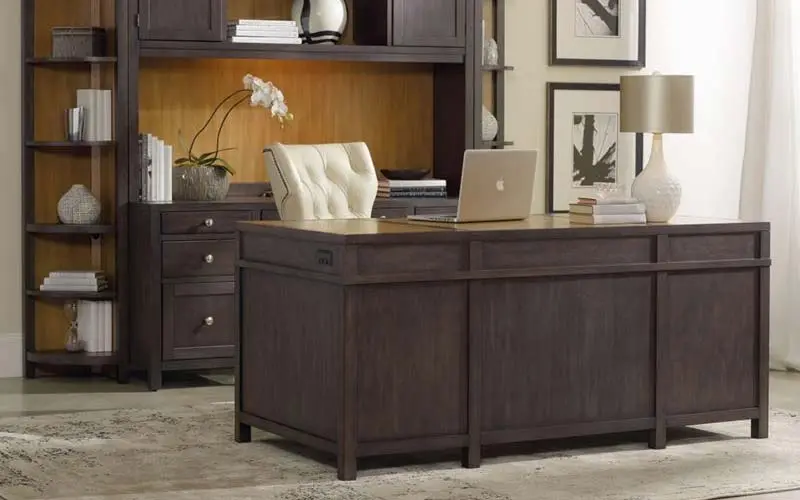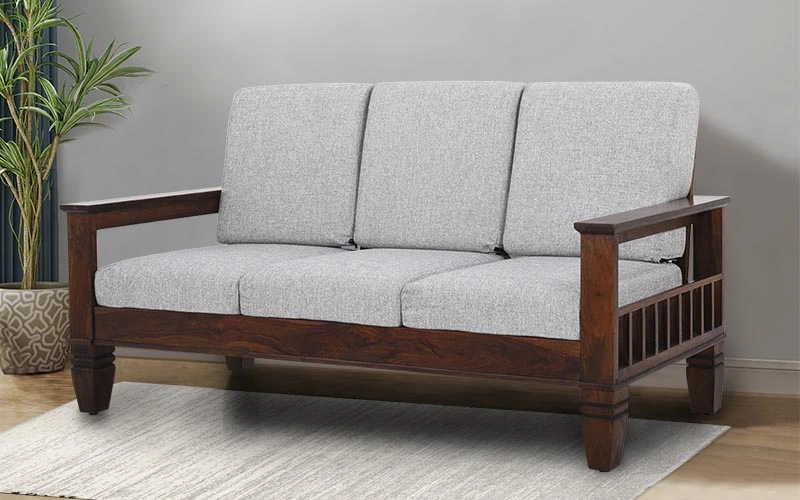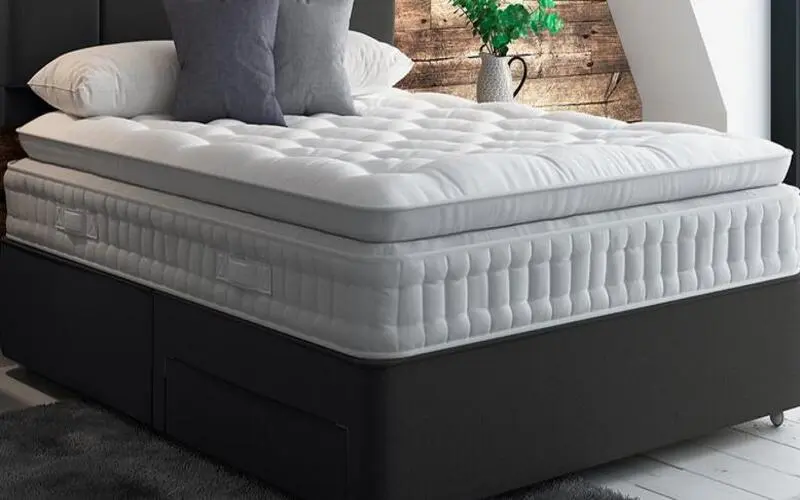Last Updated on November 11, 2023
These days, it is becoming more common for people to work form home, and as result, to need a properly furnished home office. But how do you choose the right furnishings for your home office? With all the different furniture types and styles available, just deciding where to start can seem daunting. This guide will take a brief look at some common questions people have when starting to design their home office, and will hopefully get you pointed in the right direction.
Know your Space
The best place to start when creating your home office is to measure the space you have available. Being aware of how much room you have to work with will make it easier to determine the size of furniture you need, what furniture pieces you can use, etc. For example, you may be envisioning a nice, commercial-style office layout with L-desks, bookcases, file cabinets, and more, but most rooms people convert to home offices can be tight on space. It’s easy to picture fitting in more furniture than will actually be possible, so measuring first is a good way to avoid ending up with furniture you want, but can’t use.
Be Comfortable and Functional
Since you will likely be spending a considerable amount of time working in your home office, it’s important to put comfort and functionality first. You’ll want furniture that’s sized right for you – a desk that’s too high or a chair that sits too low can make a home office all but useless. If you’re of larger stature, consider a big and tall chair to fit you comfortably. If you spend long periods of time at your desk, perhaps an adjustable height model that allows you to occasionally stand while working would minimize strain and discomfort.
When laying out your home office, consider what types of tasks you do most often, and layout the furniture appropriately. For example, if you find yourself frequently reaching for file folders, design your home office to place your file cabinet within arm’s reach of your desk.
Is Wood Really Best?
Most people consider solid wood or wood veneer office furniture to be more desirable to laminate or metal furniture. While real wood furniture does look more upscale than furniture made from other materials, you should consider the other differences in materials. Laminate and metal home office furniture is typically more durable and will hold up to abuse better than real wood office furniture, so they can be a better choice if you have young children who may be using your office. Additionally, if your taste in style falls on the more modern end of the spectrum, laminates and metals are more commonly used in modern furniture than real wood.
To Assemble or not to Assemble.
Home office furniture these days could be divided into two distinct groups – furniture that is factory assembled and furniture that is sold ready-to-assemble (RTA). While most people’s initial perception that factory assembled furniture is superior to RTA, both offer distinct benefits and drawbacks that are especially important for the home office furniture shopper to consider.
Factory assembled furniture can be more durable than RTA furniture, as glued, doweled, and corner blocked construction is generally more rugged than the cam-lock construction typical of RTA furniture. But with home offices often having smaller doorways to get furniture through, sometimes factory assembled furniture just won’t fit. RTA furniture, on the other hand, with it’s characteristic flat packaging, can fit through any doorway and then be assembled once inside. RTA furniture is often more affordable than its factory assembled equivalent as well.



